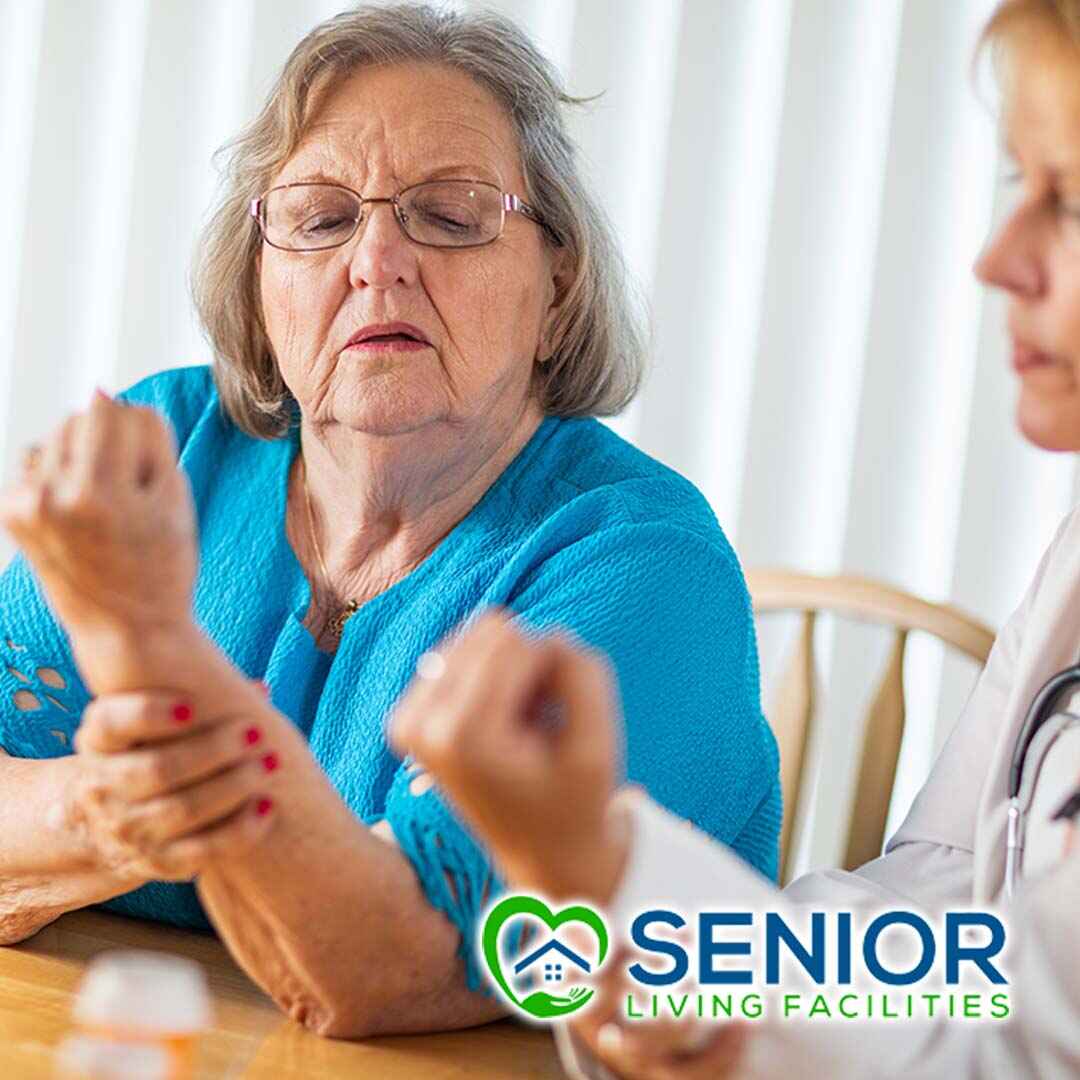
Supporting Mobility through Physical Therapy in Senior Living Facilities
January 10, 2024
Introduction to Mobility in Senior Living Facilities
Understanding Mobility Challenges for Seniors
Senior living residents often face a decline in mobility due to the natural process of aging, exacerbation of chronic health conditions, or both. This decline in mobility can significantly impact their quality of life, making it difficult to engage in daily activities, such as personal care, housework, and leisure pursuits. It can also increase the risk of falls and associated injuries.
Physical therapists play a crucial role in supporting mobility, providing tailored treatment programs that help elderly residents maintain strength, balance, and overall physical function. This, in turn, promotes independence, a sense of accomplishment, and overall happiness among seniors in assisted living facilities.
The Importance of Mobility and Accessibility
Maintaining mobility is a critical aspect of senior care. It’s not just about being able to move around, it’s also about maintaining the independence and dignity that mobility provides. Mobility influences every aspect of life in a senior living facility—from daily activities like bathing and dressing to social interactions and recreational activities.
In addition to physical mobility, accessibility is also a critical concern for Senior Living Facilities. The design and architecture of the facility, the availability of mobility aids, and the layout of individual rooms can all significantly impact a resident’s ability to move freely and safely. Both mobility support and accessibility adaptations are fundamental to ensuring an optimal living environment for elderly residents.
Understanding Physical Therapy in Elderly Care
What is Physical Therapy
Physical therapy is a type of healthcare that focuses on helping individuals improve their movement and manage their pain. In senior care, physical therapy can be particularly beneficial as it can help seniors regain or maintain their strength, balance, and general mobility, improving their overall quality of life.
It relies on a variety of techniques such as exercises, hands-on care, and patient education to achieve its objectives. Physical therapists work with seniors to create tailored treatment plans designed to meet their specific health and mobility needs.
The Importance of Physical Therapy in Senior Care
Physical therapy can significantly enhance senior care in several ways. First, it can help improve physical strength and endurance, making seniors more capable of performing daily tasks independently.
This, in turn, promotes their self-esteem and enhances their quality of life. Second, physical therapy can improve balance and reduce the risk of falls, a common problem among seniors that can lead to severe health complications.
The Role of a Physical Therapist in Assisted Living Facilities
Elevating Mobility Support through Patient-Focused Care
Physical therapists in senior living centers play an essential role in enhancing mobility support through patient-focused care. They help to design tailored workout routines that consider the unique body conditions, lifestyles, and exercise preferences of each senior resident.
This process is highly collaborative and requires building a strong rapport with the patient. In the RECO Intensive program, through targeted exercise plans, physical therapists work closely with seniors to enhance their muscular strength, improve posture, and correct irregular body movements.
Fundamental for Elderly Health
Providing continual care is a fundamental aspect in elderly health management. Given the physical restrictions and health complexities that often accompany old age, seniors need regular monitoring and evaluation.
Physical therapists in assisted living facilities offer this continuous care, closely tracking the progress of elderly patients, adjusting their treatment plans as required, and ensuring constant communication with the patient and their families.
Forms of Movement Therapy in Senior Living Facilities
Strength Training for Seniors
Strength training is a crucial component of physical therapy endeavors in Senior Living Facilities. This form of exercise enables seniors to keep their muscles robust and functional, facilitating enhanced mobility support.
Moreover, strength training hinges on the principle of progressively intensifying the resistance that muscles need to overcome. Strength training for seniors not only relates to enhancing mobility but is also crucial in elderly health, especially in Senior Living Facilities in Delaware.
Promote Mobility and Prevent Falls
Balance exercises are critical as they aim to promote mobility and prevent falls, common issues among the elderly population. This form of movement therapy involves exercises designed to improve equilibrium and coordination.
Physical therapists in Assisted Living Facilities often come up with specific sets of routines that suit the individual needs of each senior inhabitant. Balance exercises alleviate the fear of falling by improving physical stability.
The Interplay of Physical and Occupational Therapy
Defining Occupational Therapy
Occupational therapy, often shortened to OT, is a holistic healthcare profession that helps individuals across the lifespan to do the things they want and need to do through the therapeutic use of daily activities (occupations). When considering elderly care, occupational therapists often work with older adults to enable safe, functional mobility in their environments.
Occupational therapy in senior care primarily focuses on improving life skills which can range from dressing, grooming, eating, to more complex activities such as cooking or using a computer. Visit Our Blog page for more information.
Comparing Physical Therapy and Occupational Therapy
Though physical therapy and occupational therapy function towards common goals, they approach patient care from different perspectives. Physical therapy, generally, is more concerned with treating the patient’s actual impairment, while occupational therapy treats the impairment’s inabilities.
Physical therapy in senior care is geared towards improving mobility, relieving pain, and preventing or limiting permanent physical disabilities. It focuses on promoting the senior’s ability to move, reduce pain, restore function, and prevent disability.
Key Mobility Exercises for the Elderly
Exercises for Strength Building
Strength training is one of the vital components of physical therapy targeted towards senior care. Many senior living facilities are providing sessions for strength-building exercises to help the elderly maintain their physical fitness.
Remember, these exercises should be performed under the guidance of a trained physical therapist. Regular strength training not only boosts the physical strength of elderly residents, but it also promotes overall well-being. It’s essential to find senior living facilities near you offering customized strength-building sessions for elders.
Exercise for Improving Balance and Coordination
Balance and coordination are two essential aspects for the elderly to help prevent falls and maintain mobility. Balance exercises for the elderly incorporated in physical therapy include heel-to-toe walk, leg lifts, marching in place, and tai chi, a form of movement therapy that involves slow, coordinated movements.
These exercises, when correctly performed, can greatly enhance seniors’ balance capabilities, enabling them to navigate their environment with minimized risks of falls. Occupational therapists in assisted living facilities often provide training for these exercises, emphasizing form and safety.
Rehabilitation Services at Senior Living Facilities
Evaluating Rehabilitation Services
When it comes to rehabilitating the elderly within senior living facilities, the dynamics of the process can be somewhat more complex than what you may find in other healthcare settings. This complexity often necessitates a comprehensive assessment of the quality of rehabilitation services that are offered.
An effective rehabilitation program should include a wide array of services, physical therapy being one of the most crucial ones. Evaluating these services begins by checking the qualifications and competencies of the physical therapists employed.
A Path to Improved Mobility and Independence
Once the quality of rehabilitation services is ascertained, one can truly appreciate the immense benefits associated with these therapies. Mobility support in senior living facilities isn’t just about caring for seniors; it’s also about empowering them through physical therapy.
The overall goal is to improve the quality of life and self-sufficiency among residents. Physical therapy exercises, particularly essential in senior living facilities in Florida, promote strength building, balance, and coordination, all of which are key to promoting mobility and thereby independence.
Senior Wellness through Physical Assurance
Ensuring Safety during Physical Therapy Sessions
Safety should always remain a priority during physical therapy sessions. Physical therapists at our senior living facilities undergo extensive training on the best techniques to prevent injuries during therapy. They understand the unique health considerations of each resident and accordingly devise individualized strength training and balance exercise plans.
Physiotherapists also work closely with the nursing staff to ensure seniors have a smooth transition from their physical therapy session back to their regular daily routines. Senior care at our assisted living facilities is a teamwork where we collectively aim to deliver outstanding care leading to improved elderly health.
Monitoring Progress towards Goals
To ensure optimal recovery, periodic monitoring of the senior’s progress is essential. Physical therapists at our senior living facilities use a variety of quantitative and subjective measures to assess the improvement in senior mobility and overall health.
A typical physical therapy session closes with a review of the exercises performed and the progress made in preparation for the Admissions Process. By measuring strength, range of motion, balance, and adaptability, therapists can adjust the exercise regime to ensure optimal progress during recovery.
Locating the Right Senior Living Facility Offering Physical Therapy
The Senior Living Facilities Listing
The first step in the quest to find senior living facilities near you is a thorough examination of the Senior Living Facilities Listing. This comprehensive directory provides an in-depth view of various facilities nationwide, including assisted living, independent living, and continuing care retirement communities (CCRCs).
It’s vital to carefully review these listings, as they are a starting point for understanding what each facility offers. Look out for facilities that explicitly offer physical therapy as part of their resident care.
How to Add Your Senior Living Facility’s Listing
For senior living facility administrators looking to connect with a broader audience, we provide a simple and efficient process to add your listing. Adding your facility’s information to the Senior Living Facilities Listing raises your visibility to those searching for suitable care options.
To add your facility, follow the prompts on our Add Listing page. You’ll be asked to share specifics about your facility, including location, types of care provided, and any specialty services like physical therapy.
Navigating Physical Therapy Costs
Understanding Medicare/Medicaid Coverage
Medicare is a federal program that provides health coverage for elderly individuals aged 65 and above or with certain disabilities. On the other hand, Medicaid is a state and federal program that helps with medical costs for individuals with limited income and resources.
Medicare Part B usually covers physical therapy services in outpatient settings, including assisted living facilities such as Senior Living Facilities in Idaho. For seniors to qualify, a doctor or physical therapist must certify their need for physical therapy services and develop a plan of care.
Private Health Insurance Options
Apart from Medicare and Medicaid, private health insurance is another option to consider. Many private health insurance plans have coverage for physical therapy. The extent of the coverage can vary widely from plan to plan.
It is important to carefully review your policy or speak directly with your health insurance provider to understand what services are covered and at what cost. Some private insurers may require you to pay a copayment for physical therapy services or may require the service be delivered by an in-network provider.
Conclusion
How to Reach Senior Living Facilities Staff
Our compassionate and professional staff is always ready to serve you. We understand the need for clear communication and are available to answer any queries you may have about physical therapy in Senior Living Facilities.
To address your questions or concerns, you can reach us via our website by visiting the Contact Us page. Here, you’ll find a simple online form where you can enter your query, and our team will respond as soon as possible. Additionally, you can reach us through our phone lines. We have different lines for each of our centers, and they are all listed on our website. Find the center near you here and call us.
Ask Questions or Schedule a Visit
Besides answering your queries, we encourage you to schedule a visit to our facilities. Walking around our premises is the most personal way to get a sense of the environment we provide. During your visit, you can meet some of our team, see the type of physical therapy programs we offer, and you can also observe the daily life in our property.
Scheduling a visit is simple. On the Contact Us page, there is an option to schedule a visit. Select the facility you are interested in, choose a convenient date for you, and our team will get back to you with time.
Visiting our premises will give you an authentic perspective of the high-quality care we provide. From strength training to mobility exercises, you will see firsthand how we concentrate our efforts on enhancing senior mobility and overall health. Through your visit, we hope you will see why we are a trusted name in senior care.


